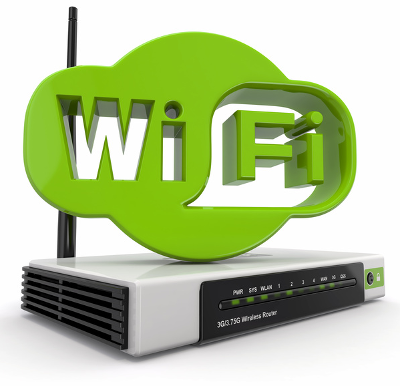Wireless routers, whether set up in a home or business, allow computers and devices to connect to one another and the Internet wirelessly. This assumes that these computers and devices are appropriately equipped with wireless adapters as most modern ones do.
Related: How To Optimize Your Wireless Router
What You Need
- • Wireless router
- • A computer with a wireless network adapter
- • High speed Internet connection
Your router will likely include installation software, either on a CD or available as a download. You may need a wired network connection as part of the installation.
Installing a Wireless Router with a Software Installation Disc or Download
If your router came with installation software or a download, the first step is to install the software on your computer and follow its prompts. The on-screen instructions will walk you through connecting the router. Make sure to follow the steps in the order presented. You’ll be prompted to change the default network name and password, an important step to guard your wireless network from hackers and freeloading neighbors.
No Software Included?
If your router did not include software, or if you want to try a direct install without the software, Microsoft Windows will generally walk you through the setup process. The steps vary slightly based on the version you are running. In general, the steps are as follows:
- • Use an Ethernet cable to connect the new router to your modem
- • Plug in your wireless router and give it about a minute to fully turn on
- • In the Windows notification area, you should see a network icon. Click on it and choose your new router from the list of the available networks.
- • From here, you should be able to configure your wireless router with a new name and password.
Bypassing Windows and the Installation Software
You can also configure most routers manually, completely bypassing both Windows and the installation software.
- • Start by connecting the router to your modem with an Ethernet cable.
- • Plug your router in and turn it on. Give it about a minute to power up and go through its various boot-up routines.
- • Connect your router to your computer with an Ethernet cable.
- • Find the router’s IP address, default user name, and default password in the documentation that came with it (common IP addresses used by routers include: http://192.168.1.1, http://192.168.0.1, and http://192.168.2.1. If you can’t find a specific address in the documentation, try one of these IP addresses.).
- • Launch a Web browser and enter the router’s IP address, default user name and default password.
- • An administration screen will appear in your browser, allowing you to set up and configure the router manually. Again, make sure to enter a new network name and password for your wireless router.
- • Save your work, close the browser, and disconnect.
- • You should now be able to connect to the router Use the Web interface to set up a network name and password.
- • Disconnect the Ethernet cable connecting your computer to the router. You should now be able to connect wirelessly.
No matter which method you use to set up your new wireless router, always make sure to create your own network name and password. You may even want to turn off the broadcasting of your network name so that it is not easily discoverable by passersby. Your network password should be strong, too. Make sure to include a combination of letters, numbers, and symbols.
Once your wireless router is set up, you can now connect other wireless computers and devices to it. The steps are simple, find the network from the list of available networks (or enter its name if you disabled broadcasting) and enter the password you just created.

